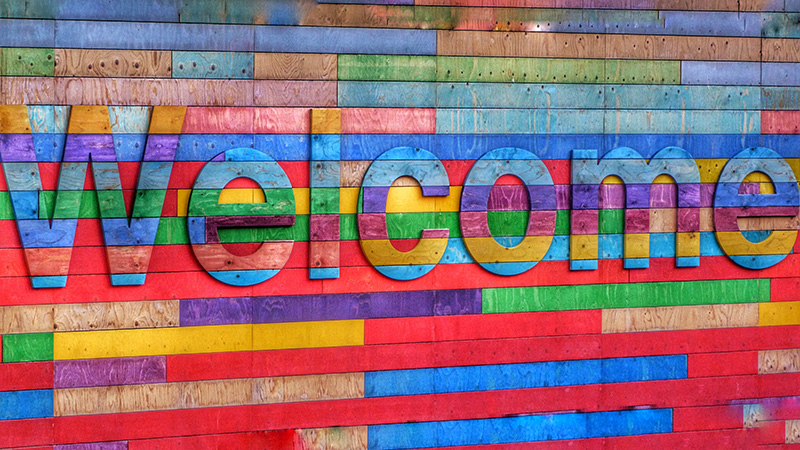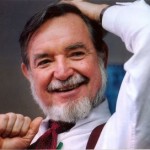Embracing Deviance
By John McKnight
Co-Director, Asset Based Community Development Institute
from the John McKnight Learning Series
One of the unfortunate results of assigning responsibility for marginal people to institutions and professionals is that citizens lose their capacity to incorporate marginal people. Over the years, I’ve observed an increasing intolerance for marginal people in a neighborhood. We say they “need professional help” and send them elsewhere. This, of course, increases the homogeneity and like-mindedness of people in a neighborhood.
An interesting question is how we could increase the tolerance of local people for people they consider deviant. By deviant, I mean, in particular, people with labels such as developmentally disabled, mentally ill, physically disabled, single welfare mothers, gay and lesbian people, people of different ethnicities and races, drug users, etc. While each of these is clearly a distinctive group of labeled people, what I’ve seen to be most common is that people do not know them personally. They see them through the lens of the label.
One thing I have learned in our work is how efforts to include developmentally disabled people have worked. The guiding principle is to never aggregate people with the same label in the community. The institutional aggregation of developmentally disabled people evokes the label rather than the individual capacity. The very successful efforts to introduce these people into some aspect of community life have depended upon their being connected individually around their capacities, gifts, skills, etc. The principle effect of labeling is, of course, to de-individualize human beings. The primary connectedness at the community level is essentially personal and individual.
There may be an important learning here as to methods that include rather than exclude at the local level. It would be interesting to have a collection of case studies and stories about how individuals from all these labeled categories have contributed to the life of the community through their individual gifts. A starting point might be to review the literature of the Inclusion Press that is exclusively dedicated to methods for including people who are called mentally or physically disabled.
The current concern about diversity might better be defined as a concern with exclusion of labeled people. The greatest diversity in any local community is the gifts that the members have. If we focus on the gifts of everyone, then this valuable asset may be more effective in overcoming exclusion than efforts to talk about our categorical differences.
This is the fourth article in a series of essays John McKnight wrote for the Kettering Foundation, and is reprinted here with permission. Photo by Belinda Fewings.





